




Piano Trio No. 2 in C minor, Op. 66
Chikako Sasaki violin
Jamshid Saydikarimov cello
Kseniia Vokhmianina piano
SCHUBERT
Piano Quintet in A major, D. 667 “Trout”
Zhao Tian violin
Guan Qi viola
Chan Wei Shing cello
Wang Xu double bass
Lim Yan piano
30 mins
20 mins 40 mins
CONCERT DURATION: approximately 1 hr 40 mins (with 20 mins intermission)
MENDELSSOHN (1809 – 1847)
Allegro energico e con fuoco
Molto allegro quasi presto
Piano Trio No. 2 in C minor, Op. 66 I. II. III. IV. Finale: Allegro appassionato
In 1845, at the age of 36, Mendelssohn was at the height of his fame, having recently founded a major music school—the Leipzig Conservatory—where such names as Ignaz Moscheles, Robert Schumann, and Joseph Joachim had been personally persuaded to join the faculty. He had made eight concert visits to Britain, and had met Queen Victoria and her husband Prince Albert, both of whom were great admirers of his music.
Dedicated to the violinist, composer and conductor Louis Spohr in 1845, Mendelssohn’s Piano Trio No. 2 in C minor, Op. 66 is a late work. By this time, Mendelssohn’s health was failing, possibly due to overwork, and he had retired from his orchestra duties — he could not have known that he was nearing the end of his life, dying in 1847 after a series of strokes. Mendelssohn wrote to Spohr, saying “I would like to have saved the honour for a somewhat longer piece, but then I should have had to put it off, as I have so often of late. Nothing seemed good enough to me, and in fact neither does this trio.”
The Allegro energico e con fuoco starts with a fiery swirling pattern in the bass, agitated and slightly menacing, with the violin and cello soaring above, like sea birds gliding in
the air above crashing waves. Amidst this the second theme appears loudly, before a calmer melody begun by the cello breaks through. Swells and arpeggios come and go as the music is developed dramatically, and the lyricism gives way to urgent darkness. C minor was a dramatic key for Beethoven and Mozart, and Mendelssohn continues in this vein.
The second movement Andante expressivo shows off Mendelssohn’s gift of melody to the fullest in a gently rocking and flowing lullaby with bittersweet edges. The Scherzo third movement brings back some of the energy of the first movement, focused in a sort of perpetual motion form, light and nimble, with a brief major-key trio before disappearing as swiftly as it came. The movement ends unexpectedly, giving way to the Finale in rondo form.
The Finale weaves neo-baroque melodies with a Lutheran-style chorale, specifically the melody known in the Anglophone world as ‘Old Hundredth’ (All people that on earth do dwell). Was Mendelssohn consciously channelling Bach and the Genevan Psalter? It is hard to say. His foundation of a music school in Leipzig, Bach’s city, and earlier revival of Bach’s Passions show that he was intimately familiar with Bach’s heritage and music. It is perhaps a mark of his genius that whatever his inspirations were, he was able to take various elements from diverse places and come up with a final product that is unmistakably his own.
FRANZ SCHUBERT (1797 – 1828)
Piano Quintet in A major, D. 667 “Trout” I. II. III. IV. Andantino - Allegretto V.
Allegro vivace Allegro giusto PrestoThough the nickname of Schubert’s ‘Trout’ Quintet refers to a fish, the story behind its composition and nickname are anything but fishy. In early 1817, at the age of 20, Franz Schubert wrote a song for voice and piano, with a text taken from a poem by Christian Friedrich Daniel Schubart, telling the tale of a trout being caught by a fisherman. This lied, ‘Die Forelle’ (‘The Trout’), proved so popular that he was commissioned in 1819 by wealthy music lover Sylvester Paumgartner to write a piano quintet based on the song, to be played by an ensemble with a specific instrumentation: piano, violin, viola, cello, and double bass.
The Allegro vivace opening immediately surprises with a loud chord followed by piano arpeggios, before an engaging conversation ensues between cello, violin, and piano, while the double bass punctuates and underpins the music and the viola fills in the harmony. The following lyrical Andante is an unusual two-part movement, with the second a near copy of the first, but in a different key and with slightly different modulation, leading the music back to end in the same key. A lively Scherzo comes next, dancing its way through the Austrian countryside — walking in the woods was a prime element of German Romanticism.
With the fourth movement Theme with Variations, we come to the heart of the work. The theme is presented on strings alone, then six variations (or five variations and coda) distribute the theme across the instruments, varying the keys and decorations. The first three variations feature, in turn, piano, then viola and cello, and then double bass (has our trout become a shark?). The fourth variation goes into the stormy minor, but then reverts quickly back to the cheery major. The fifth variation gives us a slow version of the melody featuring a rather wistful cello. The coda (or sixth variation) brings us back to the song, with the piano giving us the leaping accompaniment original to the voice and piano version.
The work ends with an Allegro giusto in which the original song is never far away, despite being it in the ‘Hungarian Gypsy’ style. It is not difficult to imagine the 22-yearold Schubert composing this on a summer holiday in the country, rapturously absorbed in the beauty of nature around him — it can be heard vividly in every bar of the work. This work, like much else of his music, was not published until 1829, a year after Schubert’s death at the age of 31.
Andante Scherzo: Programme notes by Edward C. YongCHAMBER
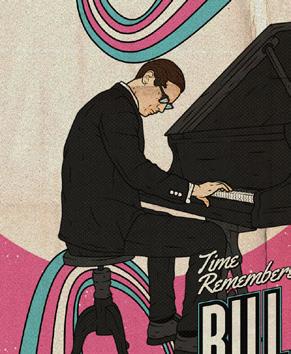
Sun 8 Jan, 4pm
Thomas Clausen Trio
CHAMBER
LOVE IS IN THE AIR
Sun 12 Feb, 4pm
Musicians of the SSO
CHAMBER
SCHUBERT’S PIANO SONATAS WITH PAUL LEWIS
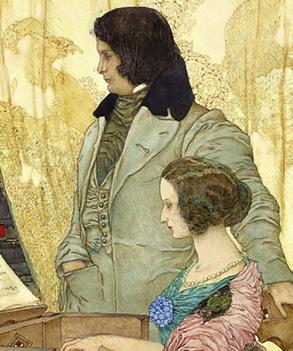
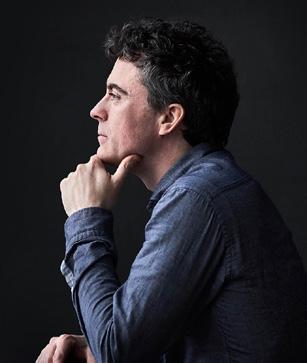
Sat 18 Feb, 7:30pm
Paul Lewis piano
ORGAN
DANIEL MOULT — ORGAN RHYTHM

Sun 5 Mar, 4pm
Daniel Moult organ
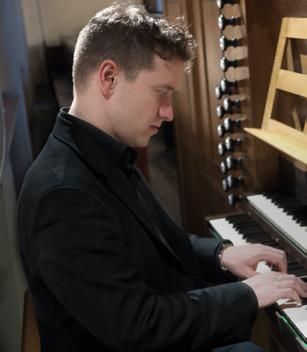
THE TALES OF YU JING
Wed 15 Mar, 7.30pm
Thu 16 Mar, 7.30pm
Yu Jing narrator Jin Ta music arranger Zhang Heyang presenter Musicians of the SSO
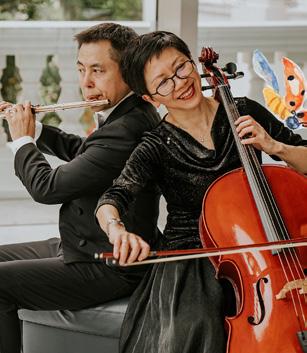
Featuring conversations in Mandarin only
ORGAN
FAREWELL CONCERTO
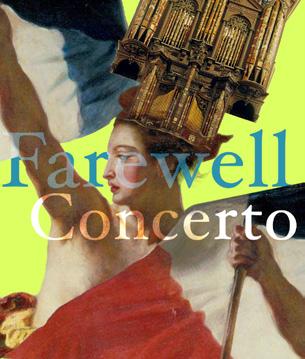
Sat 15 Apr, 7.30pm
Koh Jia Hwei organ re: mix ensemble Foo Say Ming Music Director
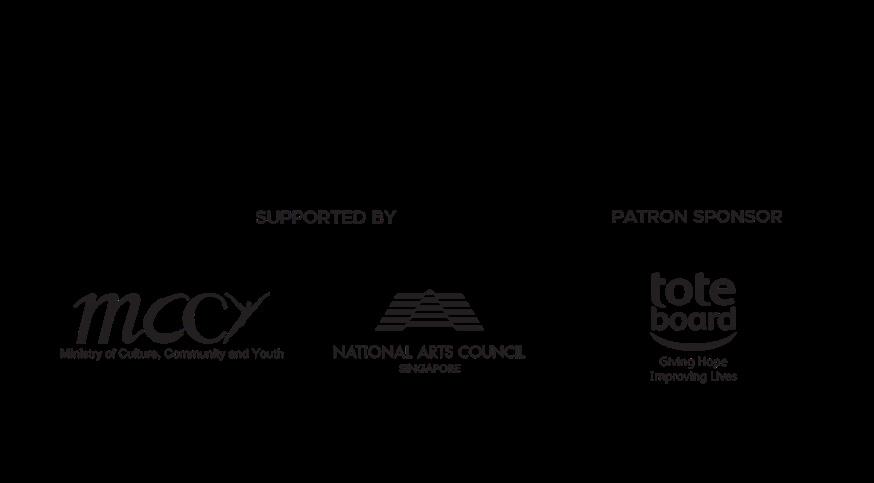

Founded in 1979, the Singapore Symphony Orchestra (SSO) is Singapore’s flagship orchestra, touching lives through classical music and providing the heartbeat of the cultural scene in the cosmopolitan city-state. Our Music Director is Hans Graf. While the SSO performs frequently at the Esplanade Concert Hall, for a more intimate experience, we return to the place of our beginnings, the Victoria Concert Hall (VCH) - the home of the SSO. The VCH is host to our popular Children’s Family and biannual free Lunchtime Concerts as well as our VCHpresents chamber series.
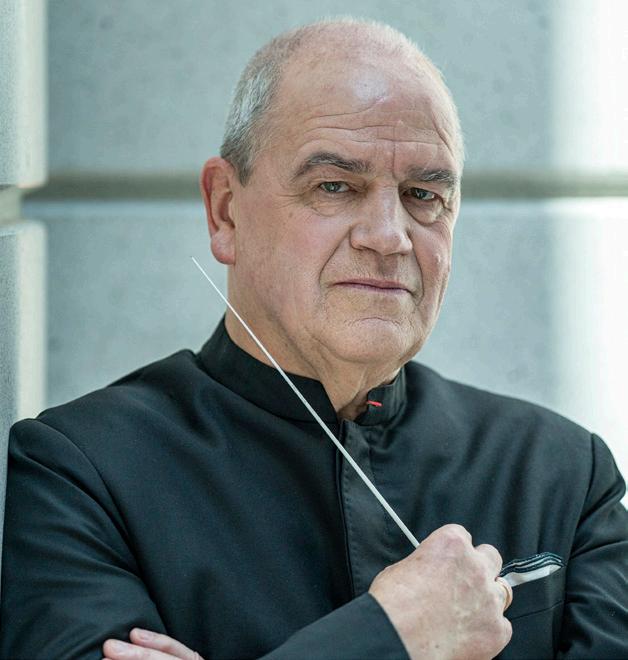 HANS GRAF Music Director
HANS GRAF Music Director